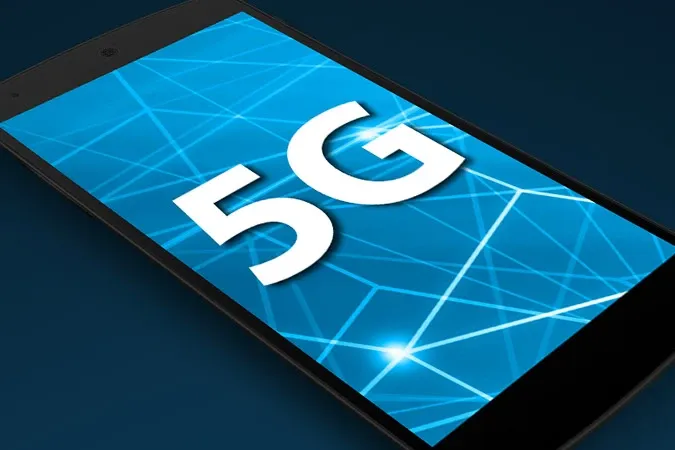Telefonica and stc Sign Satellite Deal
Telefonica and stc signed a satellite service pact, deepening their partnership.

At the Ultra-Broadband Forum in Hangzhou, Huawei launched its 5G microwave bearer solution. Featuring 10 Gbit/s-to-site, smooth evolution, and flexible O&M, it supports 5G application scenarios, helping operators manage future challenges in 5G bearer networks.
5G application scenarios include Enhanced Mobile Broadband (eMBB), Ultra-Reliable and Low-Latency Communication (URLLC), and Massive Machine Type Communication (mMTC). The IMT-2020 report, published by the ITU, defined 5G and laid out its requirements, specifying that 5G should support 10 Gbit/s per user, 1 ms latency, and 1 million device connections per square kilometer. These requirements pose a brand new challenge for bandwidth, latency, and flexibility of bearer networks. In practice, 5G deployment is very complex.
To address operators' 5G bearer requirements, Huawei has launched a next-generation 5G microwave bearer solution. It uses both the intra-band carrier aggregation technology and inter-band Super Dual Band and MIMO technologies to provide a maximum of 10GE to the site, meeting the requirements of evolving most base stations towards 5G. With the unique chip and algorithm, Huawei is currently the world's only microwave solution vendor that has the ability to aggregate four carriers for common bands.
Through the carrier aggregation technology, operators not only significantly increase single-site microwave transmission bandwidth but also greatly reduce engineering and installation costs caused by network upgrade or evolution. More importantly, the carrier aggregation technology helps reduce the tower space by 50%. The solution is dedicated to help customers maximize the use of their assets on the live network to meet 5G bearer requirements.
With the carrier aggregation technology, hardware deployment and multiple software upgrades can be performed to smoothly match the traffic growth on the wireless side, minimizing customers' initial CAPEX investment. Super Dual Band can also be employed to integrate common-band microwave on the live network with E-band microwave to achieve a significant bandwidth increase from hundreds of Mbps to the maximum of 10 Gbit/s. The modular antenna design can keep the antenna body unchanged and transform single-polarized antennas to dual-polarized antennas by replacing only feeders, achieving an improvement from common-band antennas to E-band antennas.